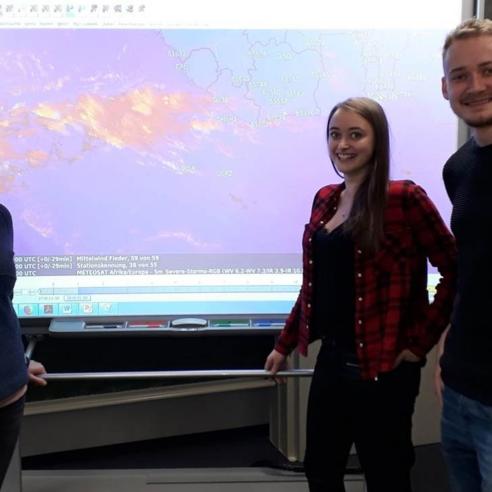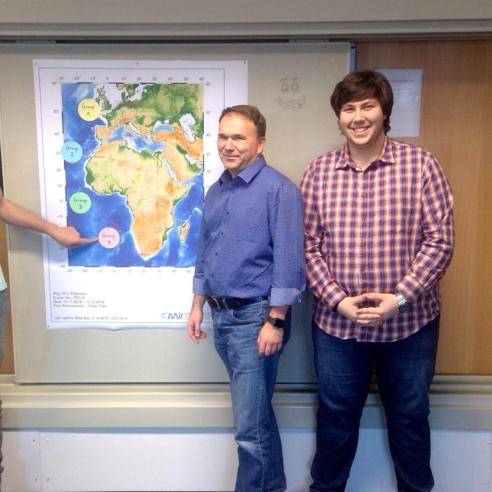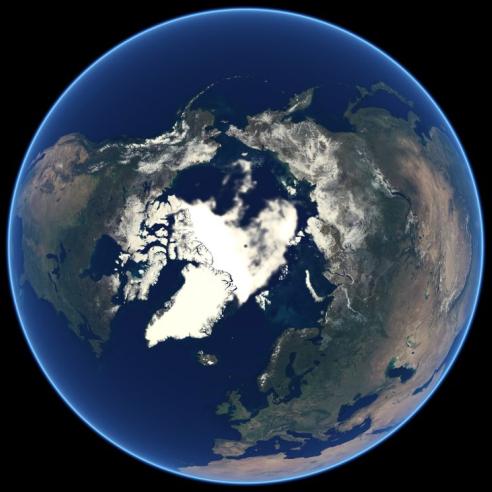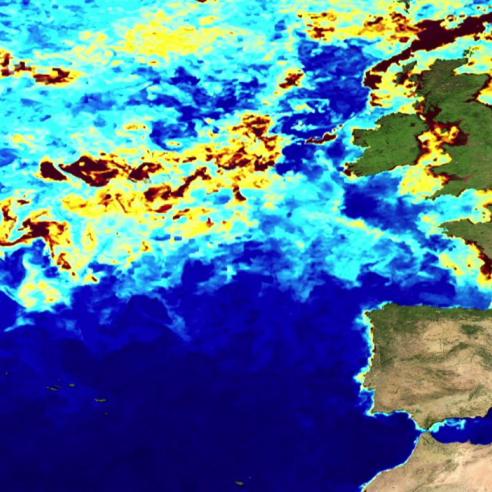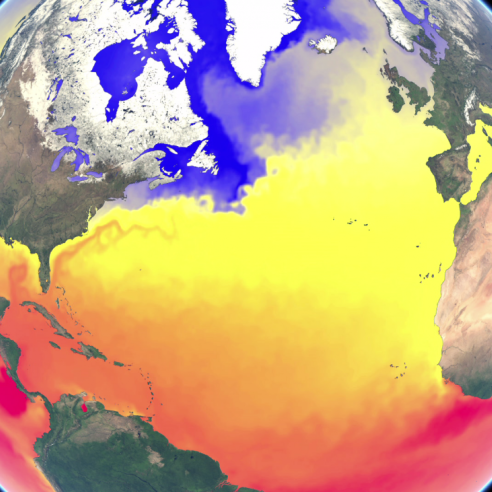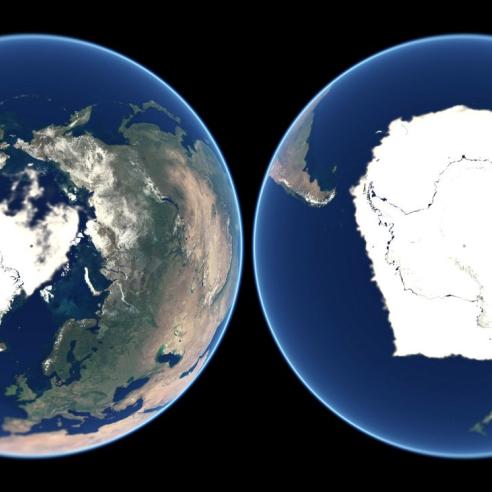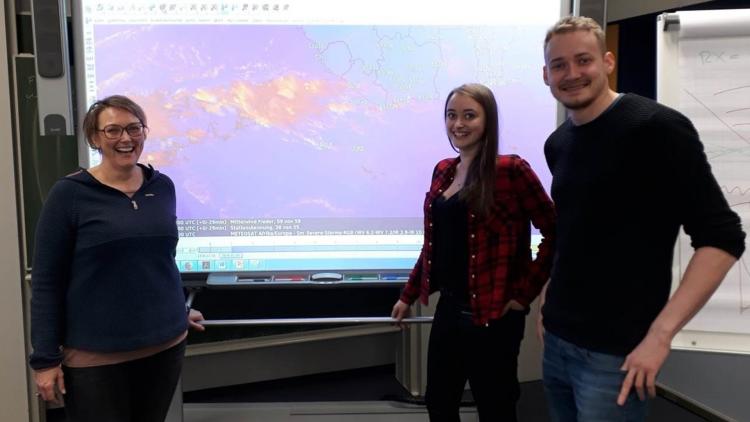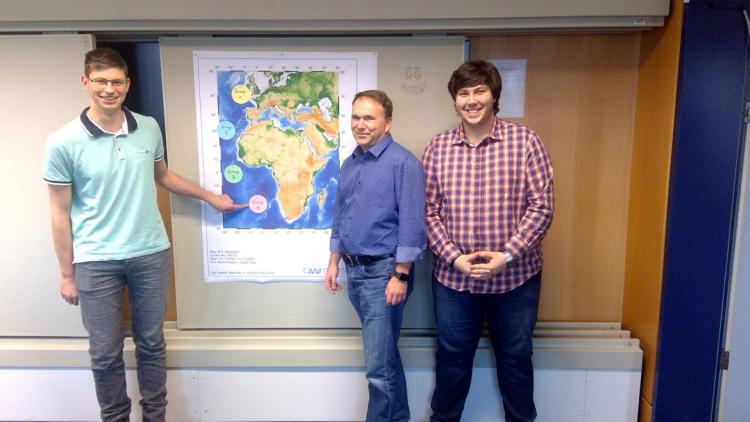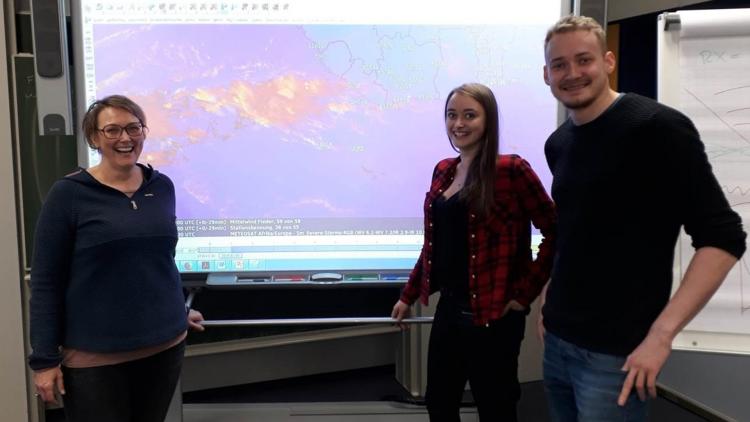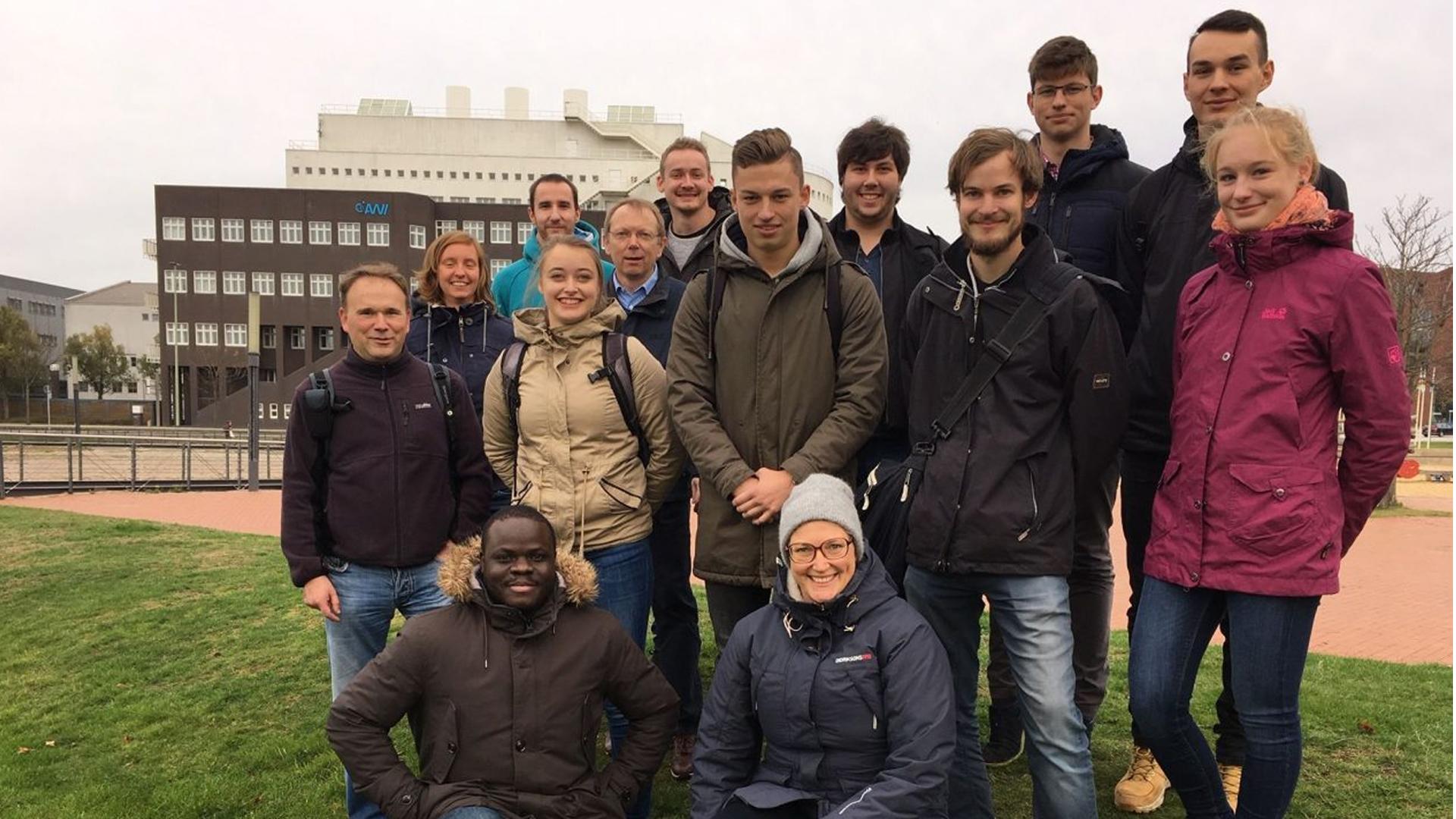
Going on a virtual journey with the Polarstern
The research vessel Polarstern is currently travelling from Germany to Cape Town and a group of German meteorology students are reporting on its progress with weekly blog posts.

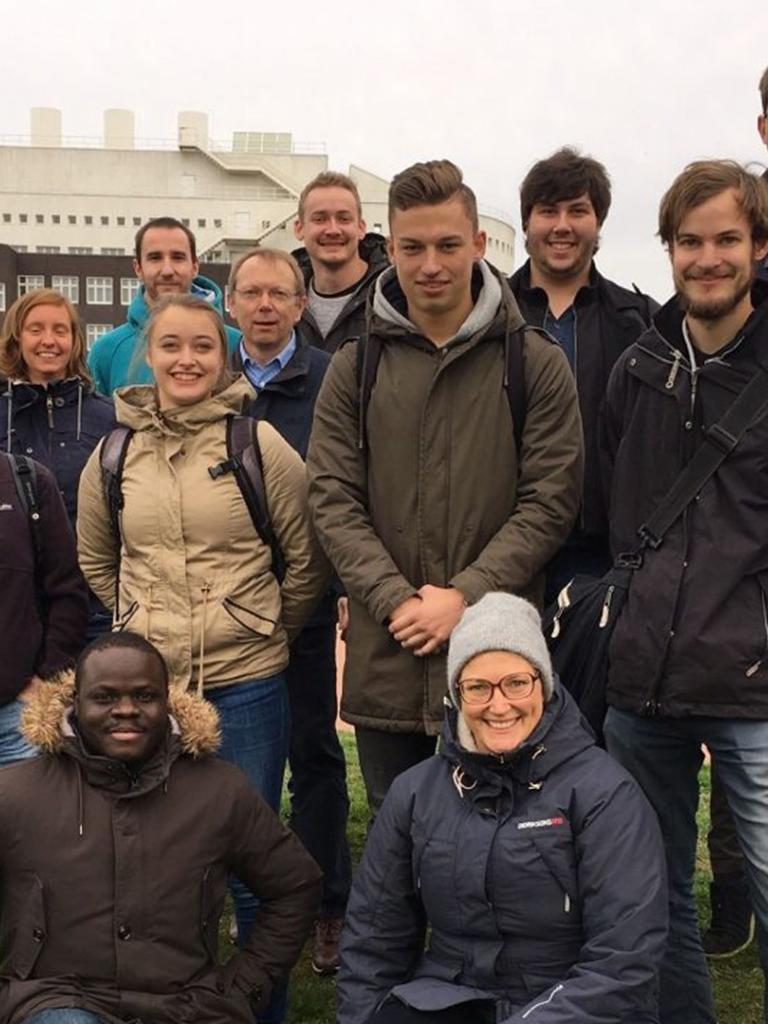
Each post will discuss the status on-board the Polarstern as it travels south, and report on the weather conditions visible via EUMETSAT's satellite imagery.
12 March 2021
16 November 2018
The 12 students will take in turns to provide us with their summaries, splitting into threes to write each report - and here is the first.
Blog one
An introduction to the student group and project
Authors: Joris Breuer, Felix Möller and Sabine Schmidt
We are a group of 12 young students and we are ongoing aviation weather consultants at Deutscher Wetterdienst and Bundeswehr. At the moment, we are studying and getting to know all about the weather and climate. In order to put this theoretical knowledge into practice, we will follow Polarstern on its way from Bremerhaven to Cape Town.

Unfortunately, we will not be on-board the vessel but will follow the journey at home on our computers with the help of modern remote-sensing techniques, measurements and models. For the next four weeks, some members of our group will (virtually) accompany a section of the route, analyse it and present their findings on this blog as a weekly update.

Now, we'd like to introduce the icebreaker Polarstern. Polarstern is a German research vessel and is regularly at sea on behalf of the Alfred Wegener Institute (AWI) in Arctic or Antarctic waters. In the summer months, it travels the Arctic and in the winter months in the northern hemisphere, the ship sets off for Antarctica. There are scientists of various fields of research on-board. Anybody can sign-up for such a trip, submit a project and, with some luck, be allowed to join an expedition aboard the Polarstern.

The main focus of the scientists on-board is the study of the Arctic, Antarctica and our climate. They are also looking into the geological history of Antarctica. As few students on our course had previously dealt with marine research and Antarctic expeditions, we were given an overview of the work on the Polarstern during our visit to the AWI.
Unfortunately, we could not visit the ship itself, because at the time the Polarstern was being prepared for its next expedition. However, we were able to take a tour of the Alfred Wegener Institute. Mrs. Grobe (AWI staff member for guided tours) led us through the rooms of the institute. We were able to get a look at ice cores in their ice lab, drilled in Antarctica. The ice cores are delivered to the AWI and can be evaluated in a variety of ways.


From the ice cores, the scientists gain valuable information, like, for example, the content of greenhouse gases in earlier eras of the earth. This is because the ice of Antarctica is not five years nor 500 years-old.
The ice from the bottom of Antarctica has been there for more than 300,000 years and is a valuable witness to our geological history. After a tour of the Bremerhaven harbour, the next day we visited the Klimahaus 8° Ost and looked at the different changes in the Earth’s climate, what the perspectives are and what the climate history can tell us.
The journey through the Earth’s climate follows the 8th degree longitude east and different climate zones along the way are presented. Even Sir Bob Geldof came to the opening and described the Klimahaus as "a love letter to our planet". After we spent the whole day in the Klimahaus, we left Bremerhaven full of positive experiences.
Bremerhaven gave us a nice send-off with a wonderful rainbow. Stay tuned and join us on our virtual journey with the Polarstern through different weather conditions and climate zones.

We look forward to week two! For official information on the expedition, you can visit the AWI here.
